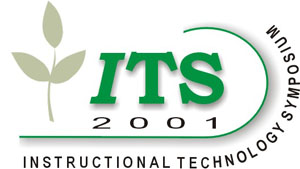Introduction Since the late 1980's, tomato spotted wilt virus (TSWV) has emerged as a major problem for peanut (groundnut) (Arachis hypogaea L.) production in Georgia and the southeastern U.S. Development of an integrated management system has resulted in great reductions in damage done. This has been aided by a TSWV risk assessment index. Participants in this can use a web-based program to learn more about integrated management of this thrips vectored virus, and use the web version of the risk assessment index to examine how the various factors may be manipulated to minimize the risk of losses to TSWV in peanut. Learning Objectives To learn about an extremely important new virus problem of peanut in the southeastern U.S. and to use a web page-based risk assessment index to look at combinations of management factors used by growers to minimize losses to this serious plant disease. The page should help make the point that viruses cause disease in plants as well as in humans and other animals, and should be an introduction to integrated pest management. Exercise DescriptionThe "Spotted Wilt Eradication Action Team (S.W.E.A.T)" home page at http://sacs.cpes.peachnet.edu/spotwilt can be accessed via the net. The home page presents a collection of photos of diverse symptoms caused by tomato spotted wilt virus in peanut and includes photos of the thrips that vector the virus. The page was designed to aid growers, extension agents and farm advisors with diagnosis and management of spotted wilt, particularly with making decisions before the cropping season that will help prevent losses to this disease. It also is intended as an informal introduction to spotted wilt of peanut, and to the concept of integration of several factors for control of a disease involving a pathogen and insect vectors. Visitors to the page are encouraged to the review factors such as cultivar, planting date, seeding rate, insecticide use, row patterns, and tillage systems for information on what can be done to minimize spotted wilt in peanuts. Visitors are then directed to the Spotted Wilt Risk Assessment Index, 2001 Version, where they can calculate relative risk of losses to spotted wilt in peanut based on choices among the various factors that have been discussed. End
|
